Archaeological park "Topolnitsa" and chapel "St. Petka"

The archaeological park "Topolnitsa" and the Chapel "St. Petka "is located on the territory of the village of Chavdar, Sofia region, Bulgaria.
The Neolithic settlement at the Topolnitsa River was found quite randomly in 1967 in the preparation of the terrain for planting an orchard. In 2012 the archaeological park was officially opened for visitors. In it you can see houses that are built according to plan and reconstruction of the remains of a early neolithic village dating from 7000 years ago. The houses are several, each with a fireplace, table, chairs, replicas of Neolithic glasses and plates, as well as a beds. For those who want to experience stronger experiences, they are offered overnight accommodation in the houses. On this place is believed to have existed one of the oldest crops in southeastern Europe. With detailed information about the history of the discovery of the park, as well as about the lifestyle of the people 7000 years ago and their culture, you can meet at the entrance to the park, where you will pass first through the exhibition hall "Neolithic culture". The place is extremely well-organized and maintained. For 1 year, we visit the park a second time with pleasure.
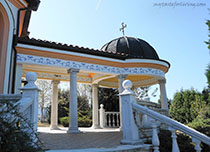
Walking to "Topolnitsa" there is no way not to visit the Chapel "St. Petka", built on the top of the nearby hill. Saint Petka is considered a protector of the village of Chavdar. According to the legend in the 13th century by the order of Tsar Ivan Asen The Second, mortal remains of the Saint were transferred to the city Veliko Turnovo, but they stayed overnight on this hill. It's where the locals decide to build the chapel. This is definitely a place where you can spend a little more time and admire the view of the area.
Nearby there is a place for recreation, gazebos, fountain, barbeque, stage. Parking is free, and children also have fun and an attractive playground with various activities.
See also

Historical museum in the city of Strelcha
In the middle of the 20th century local enthusiasts created a delightful museum collection, which was transformed into the Historical museum of Strelcha in 2002.
Explore
"Skumsale" locality near Strelcha
"Skumsale" locality is located 7 km from the town of Strelcha, towards the town of Koprivshtitsa, Bulgaria. It is characterized by a multitude of diverse rock formations used by ancient societies for rituals.
Explore

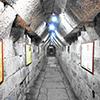










































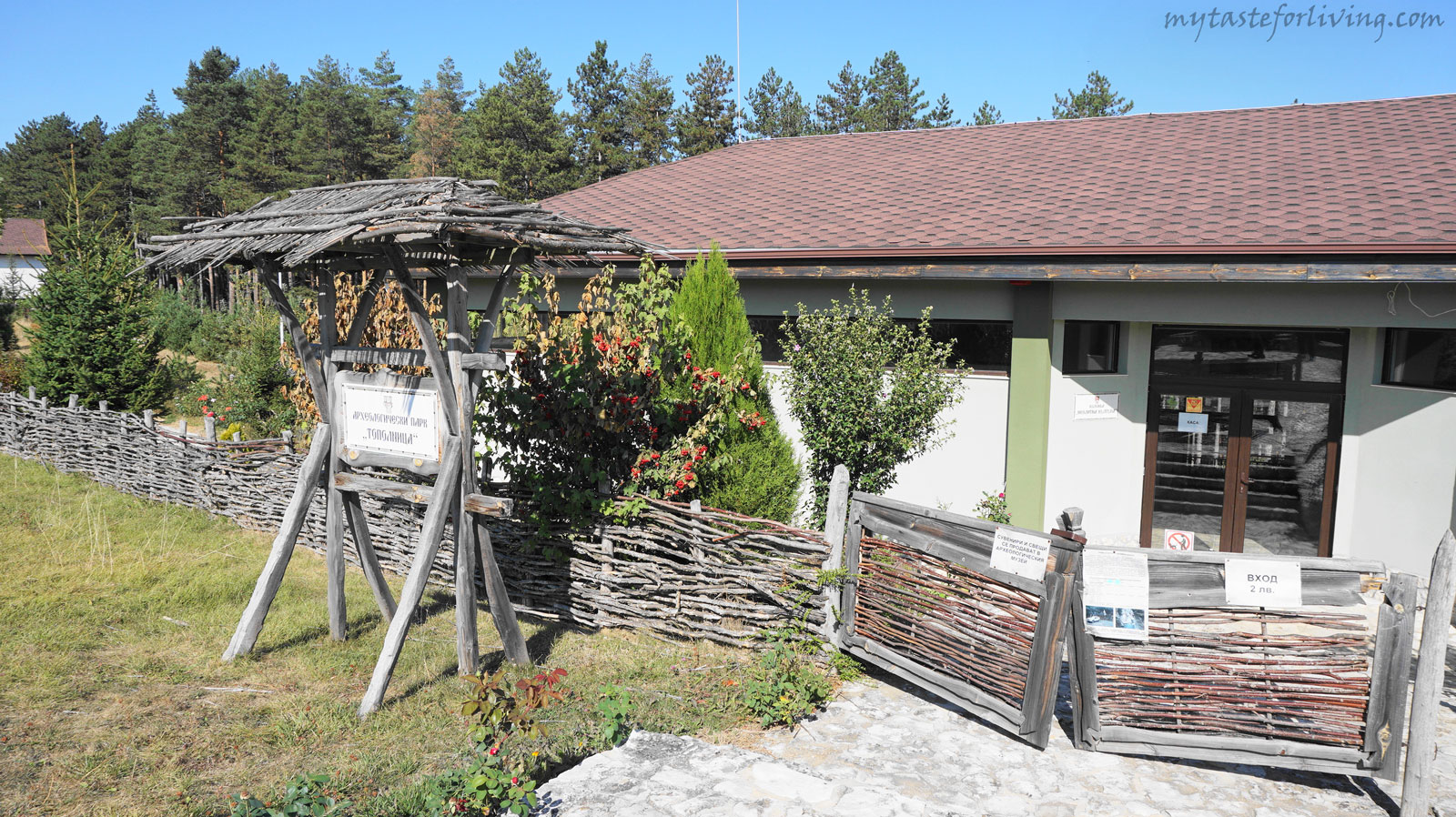

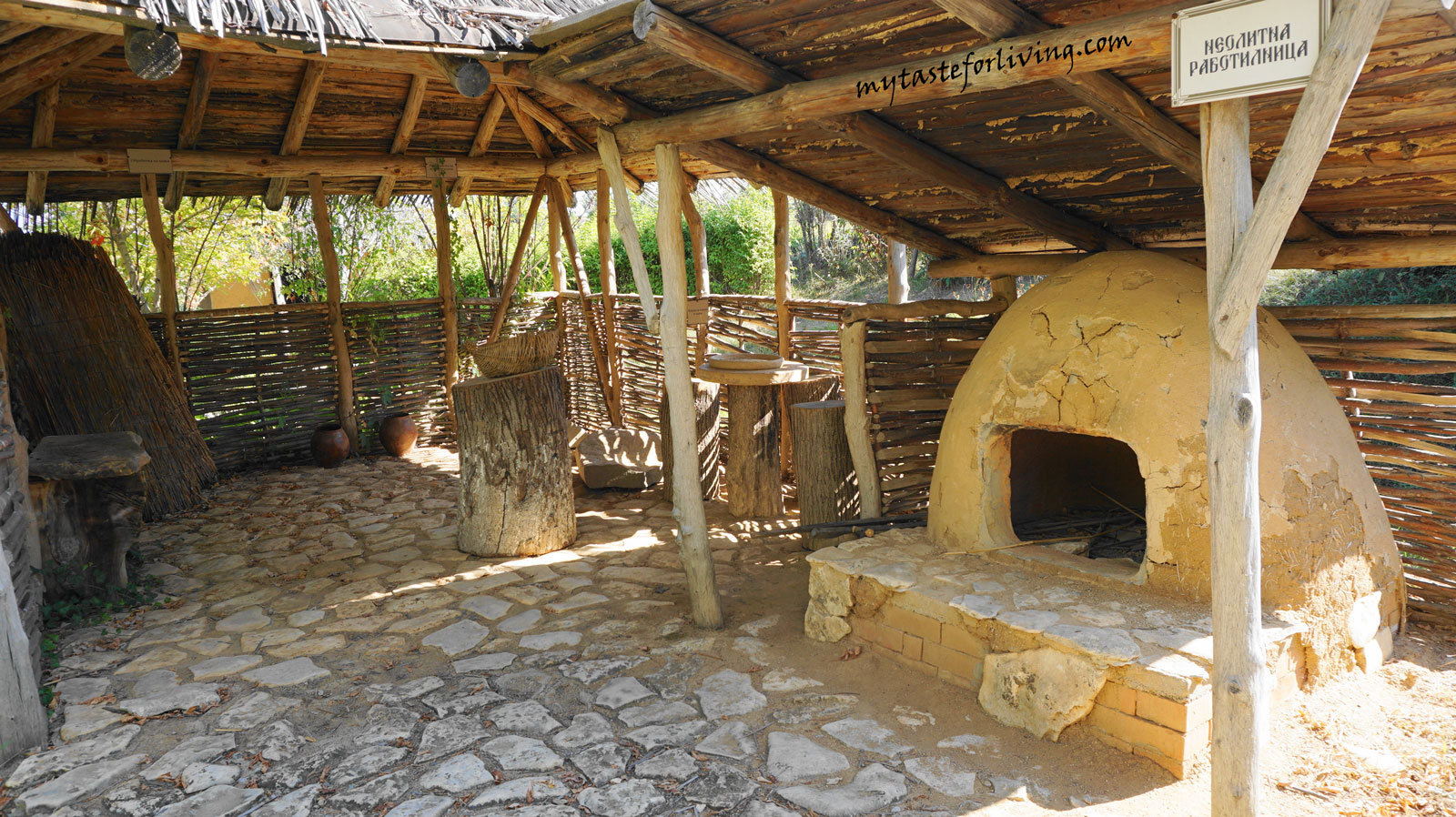
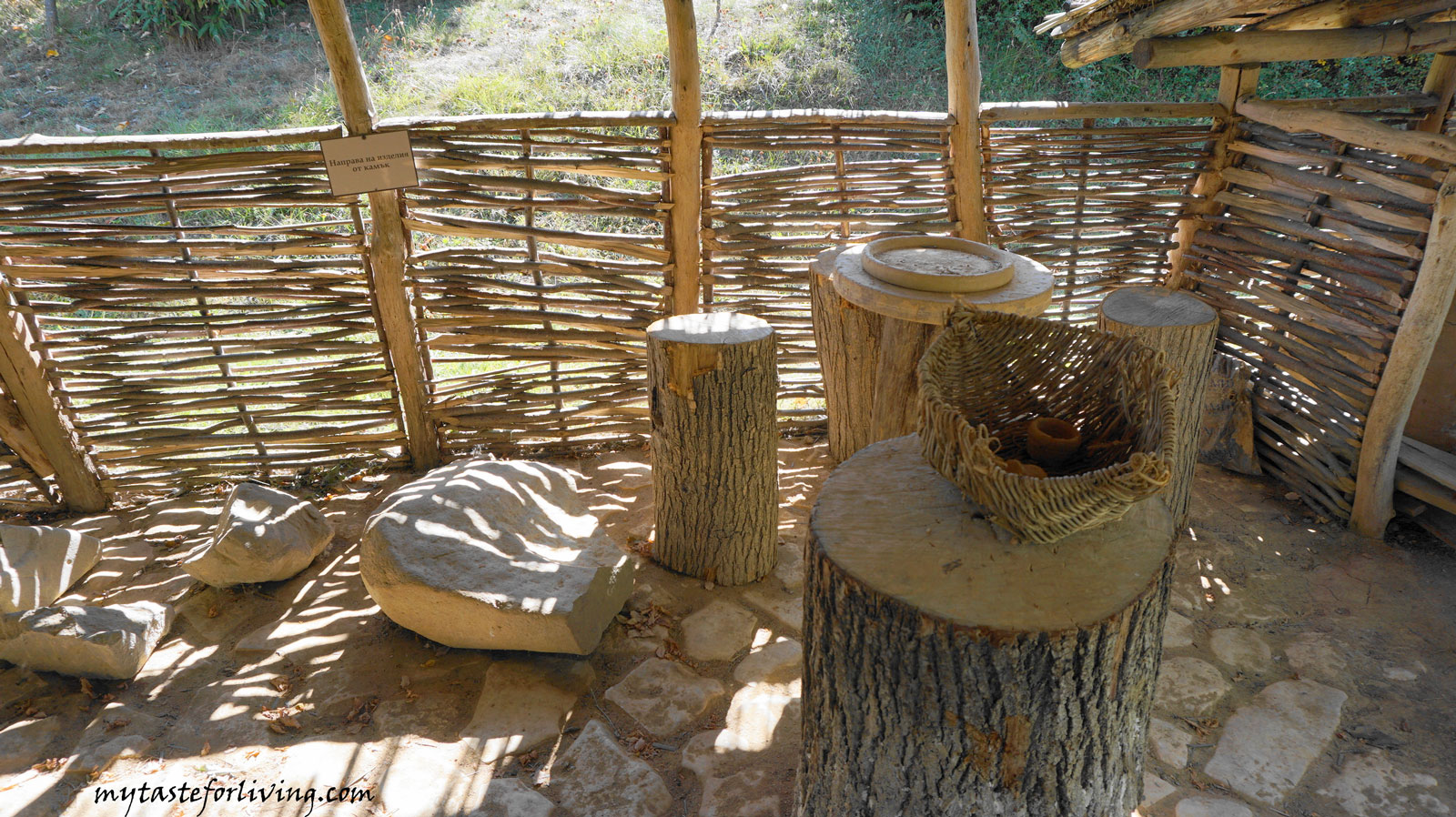
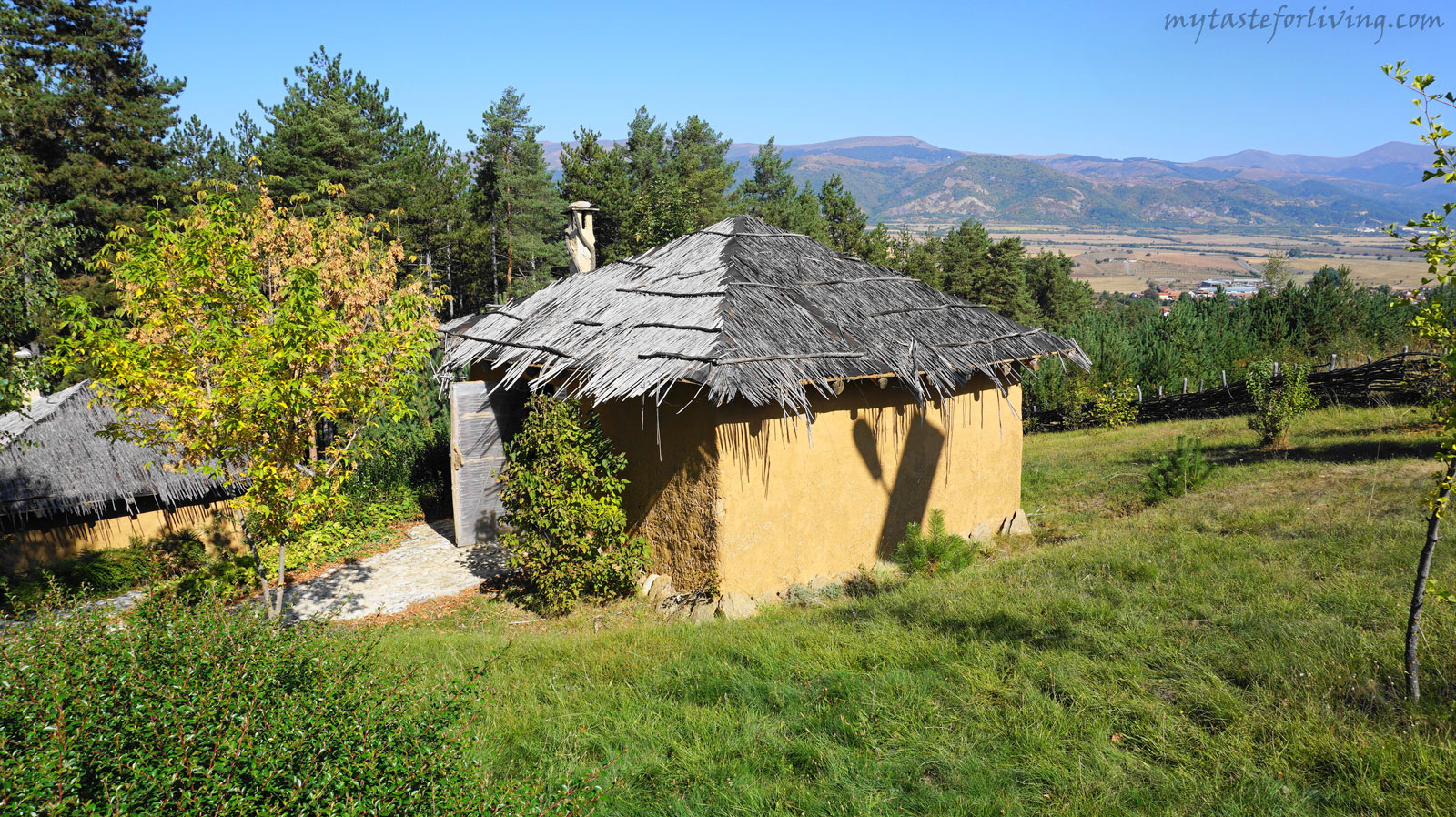
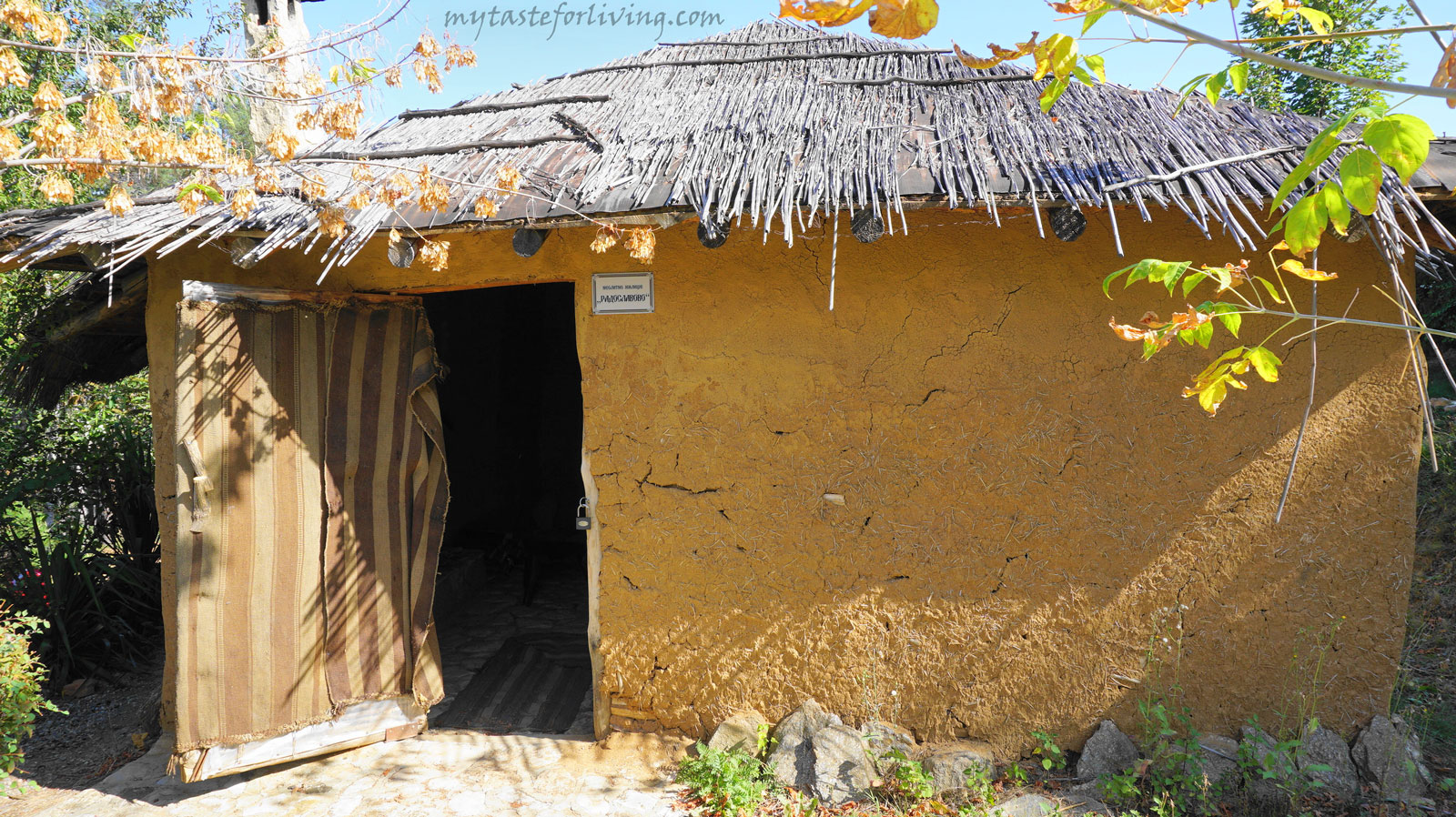
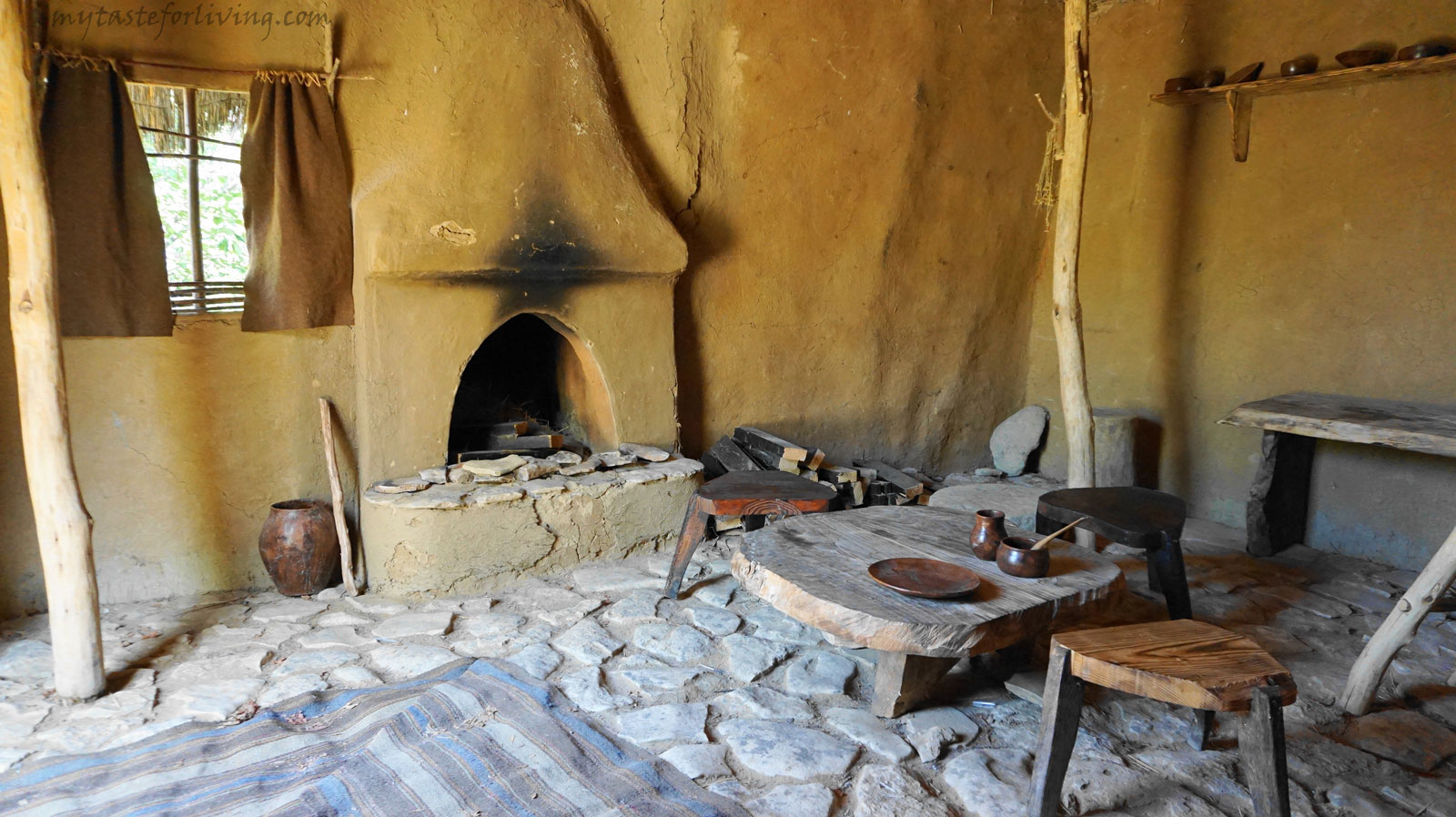
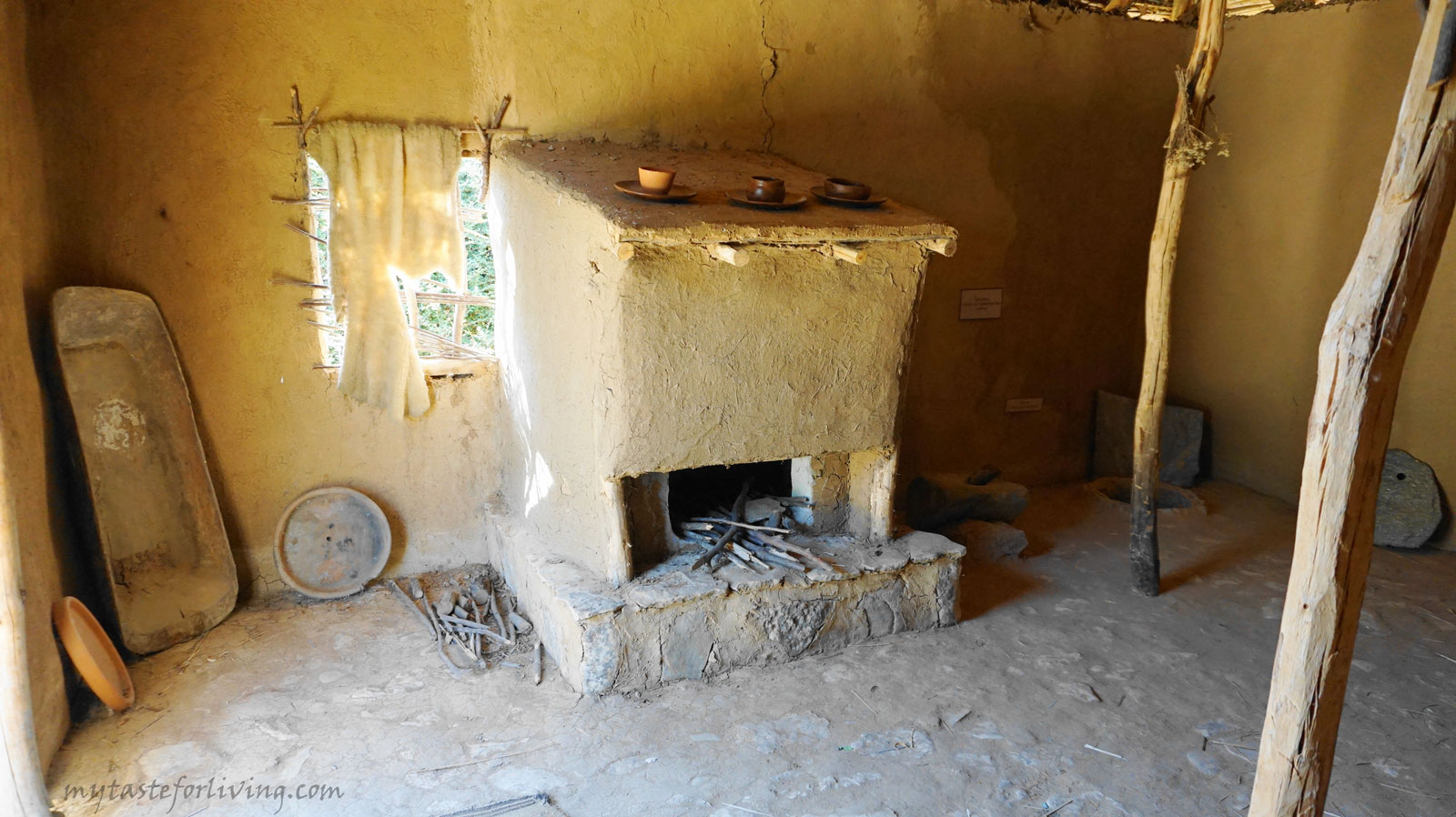
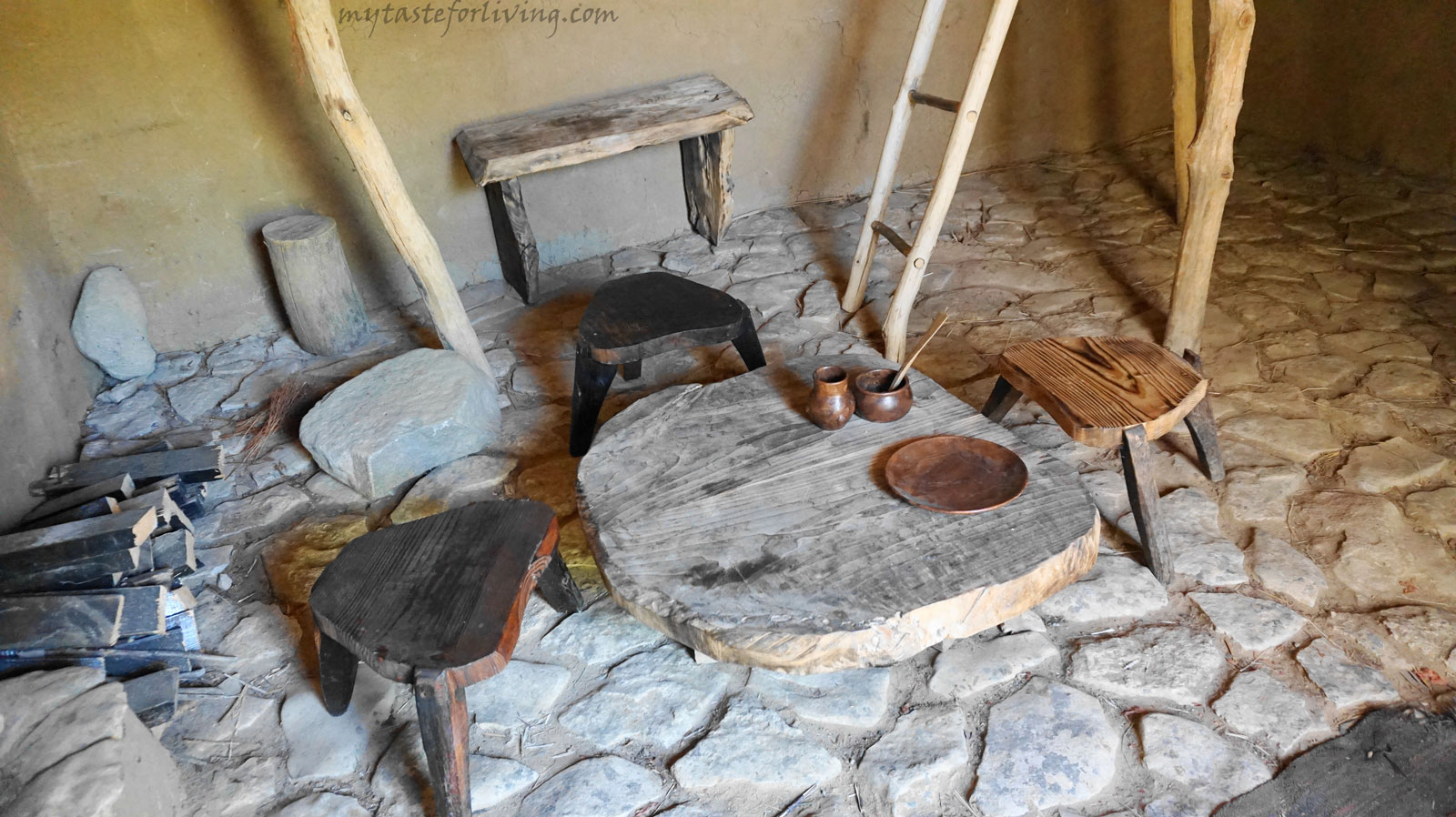
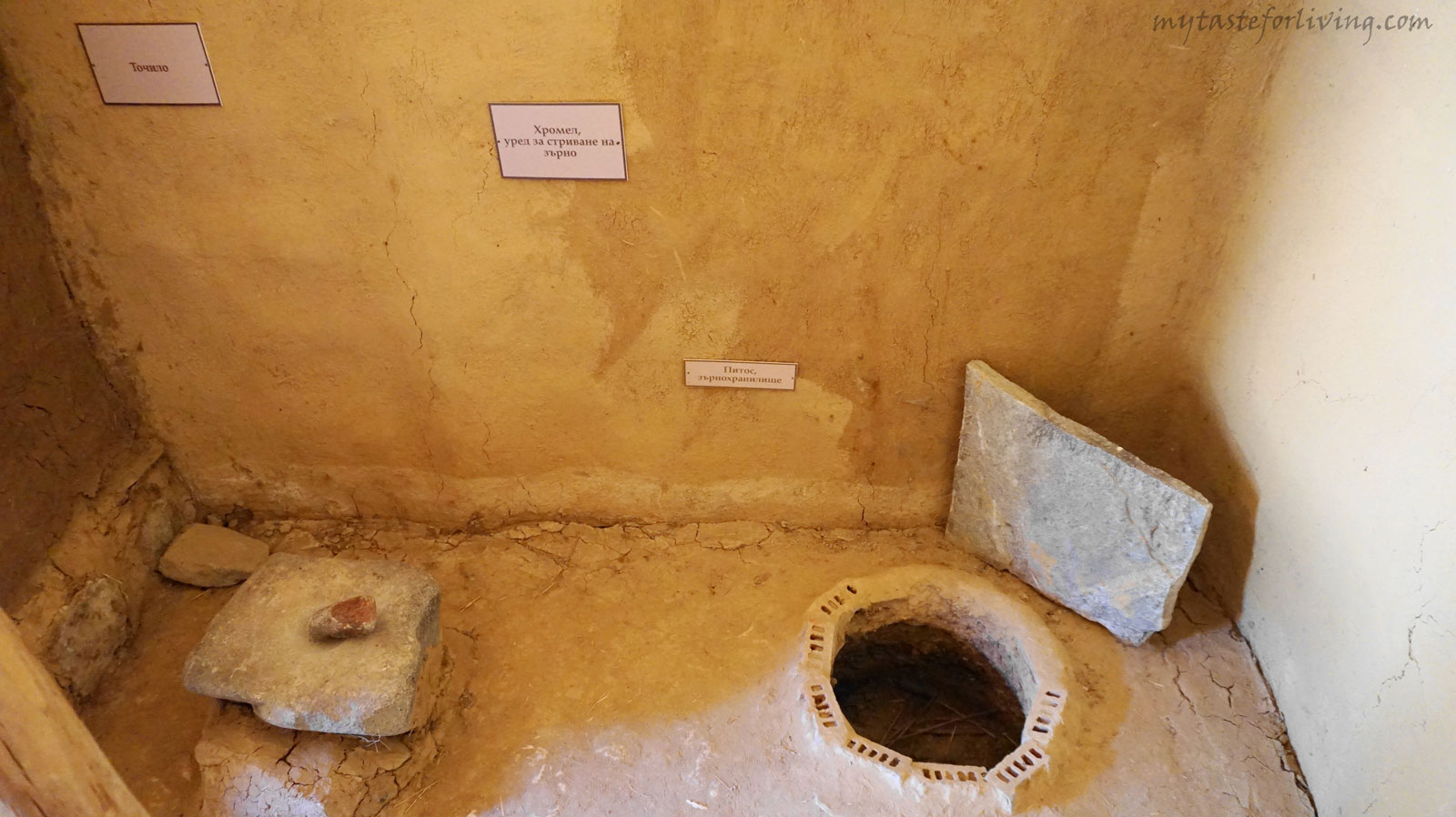

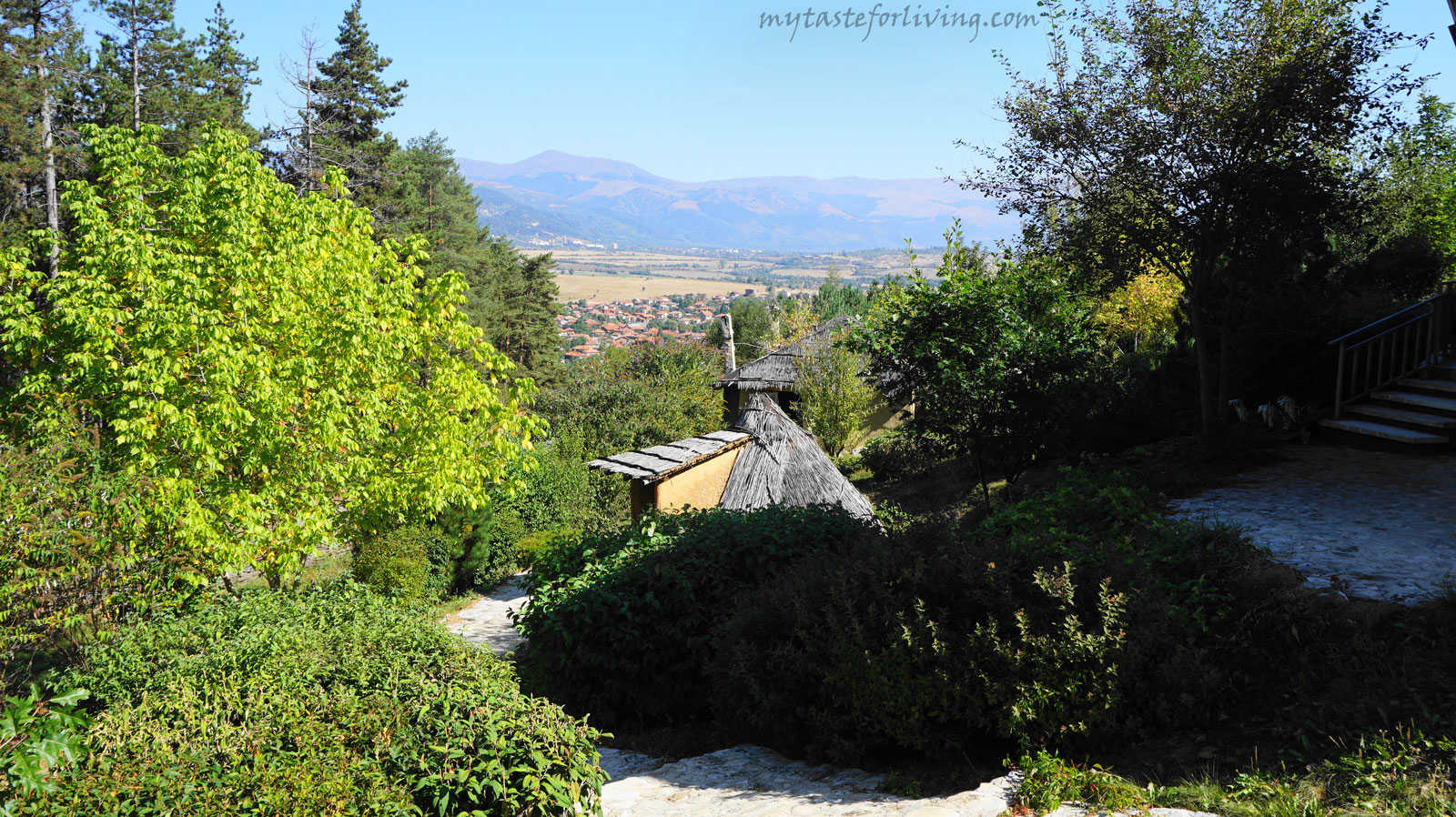
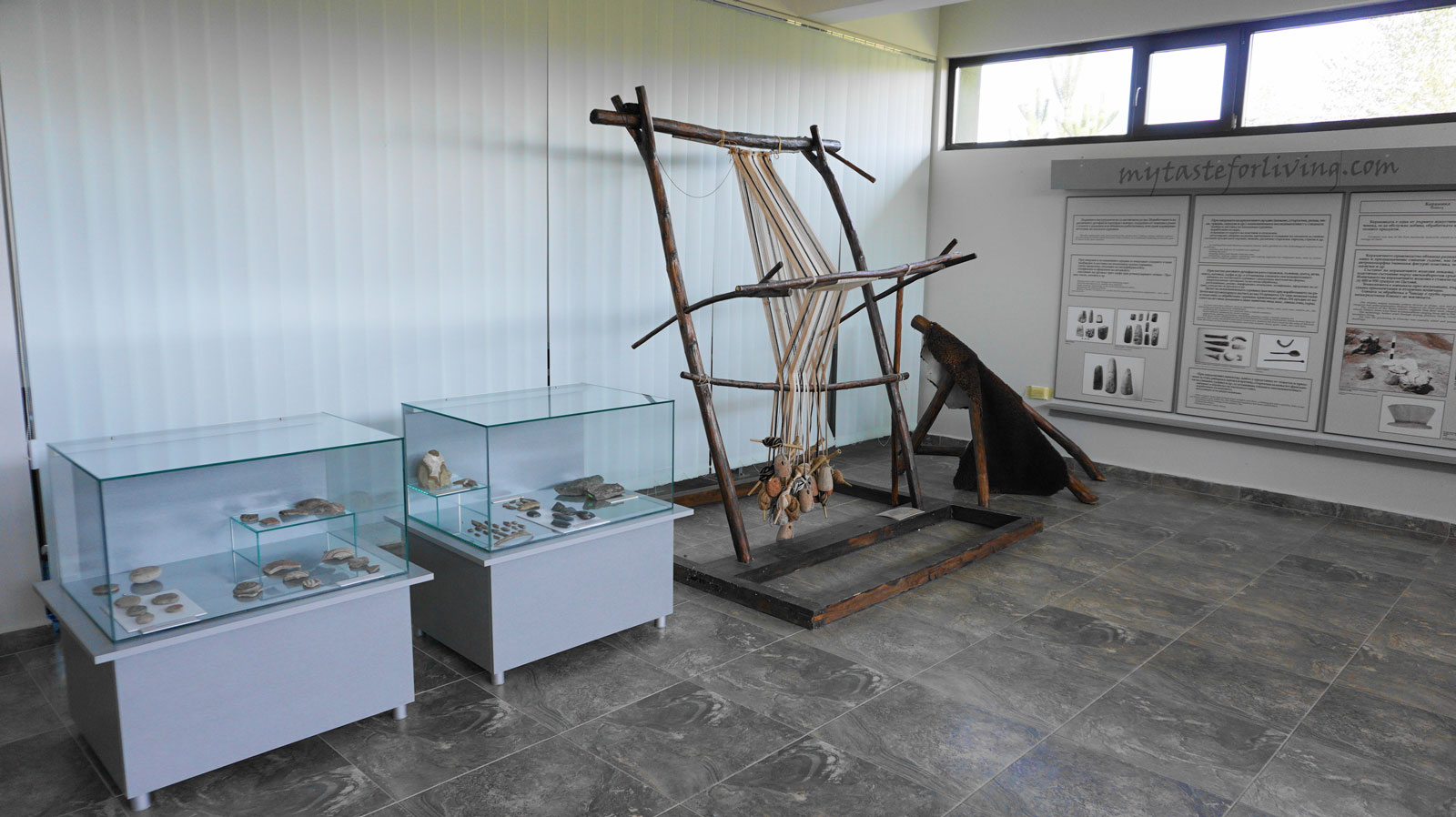
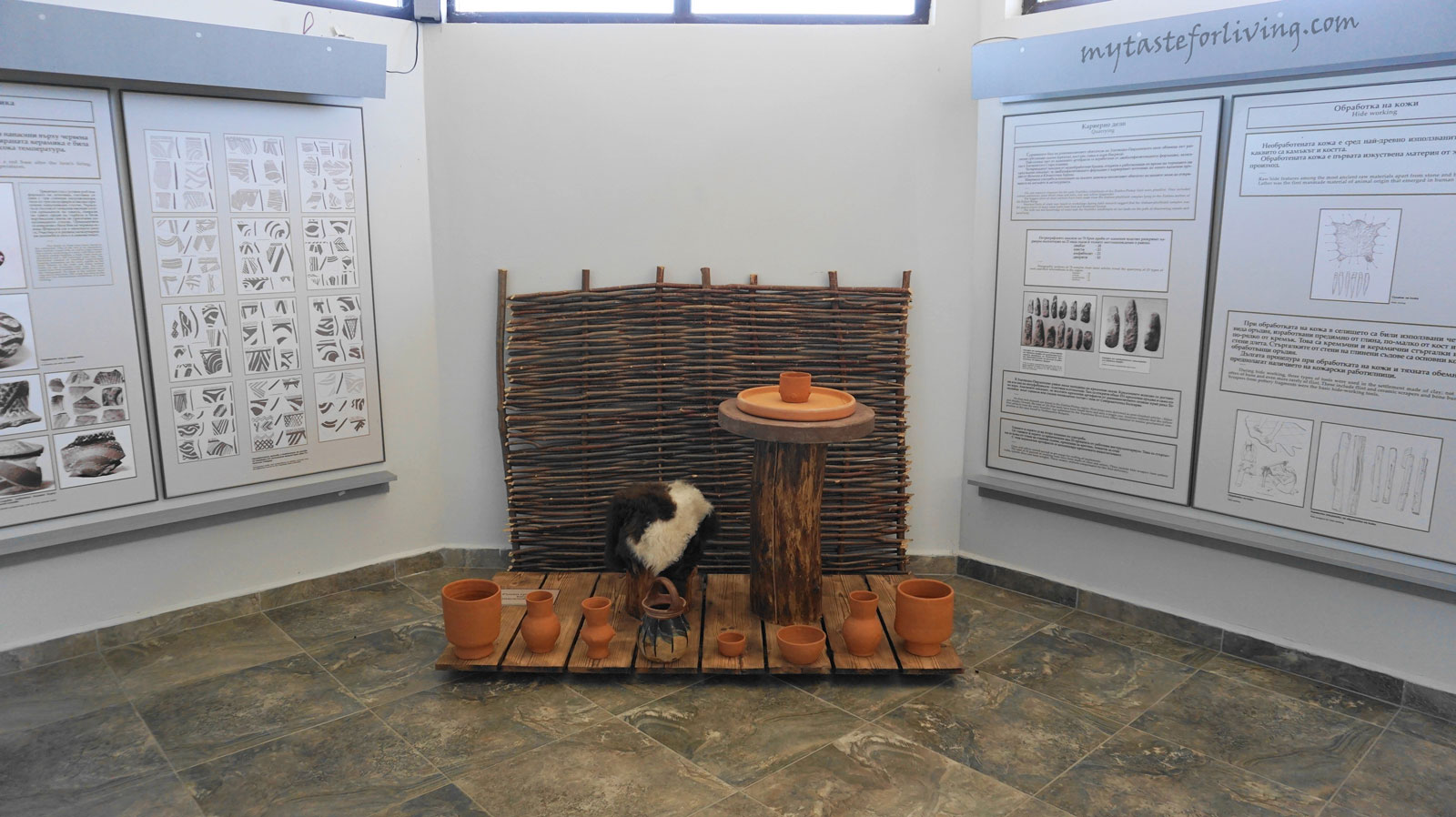
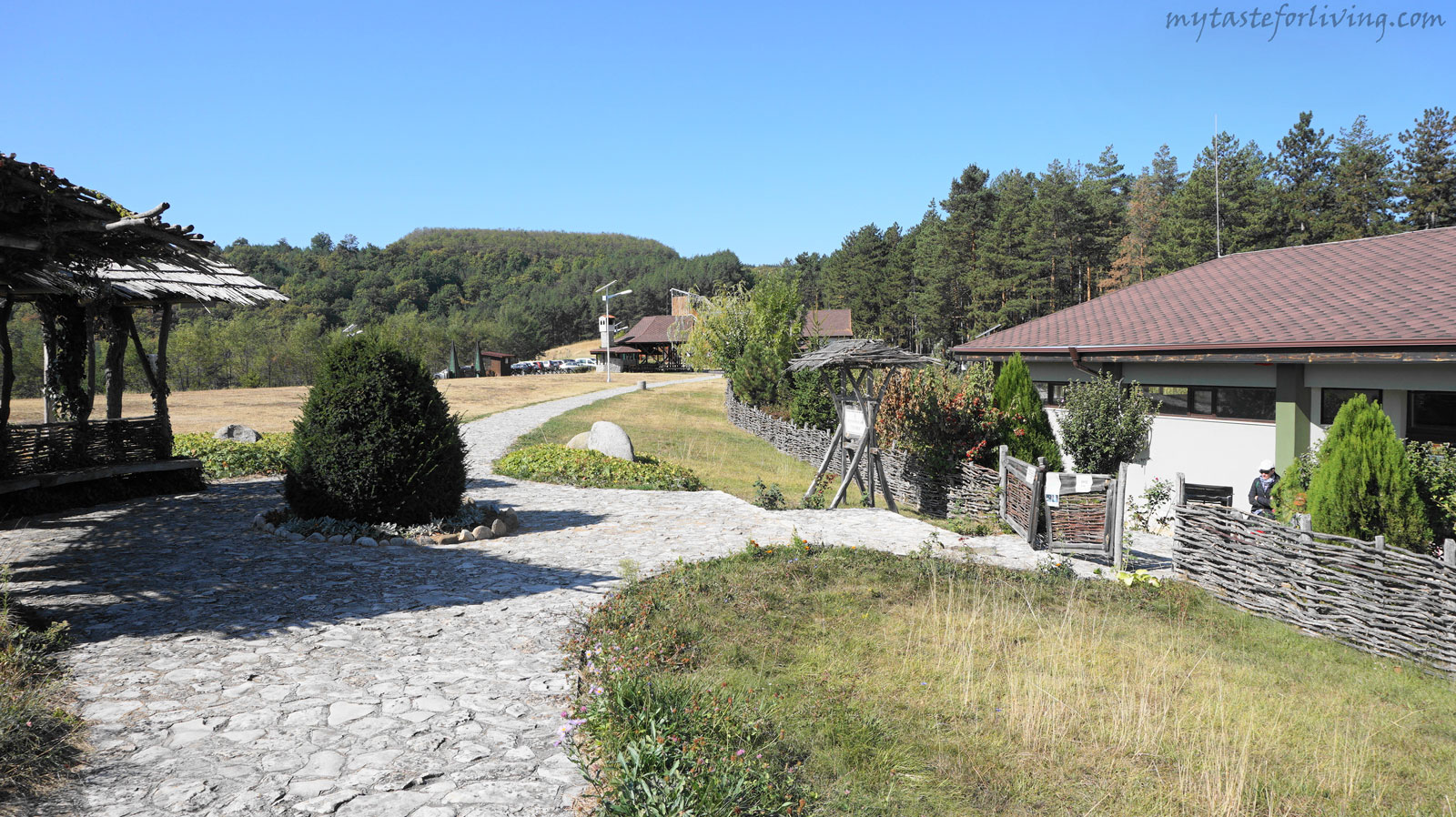
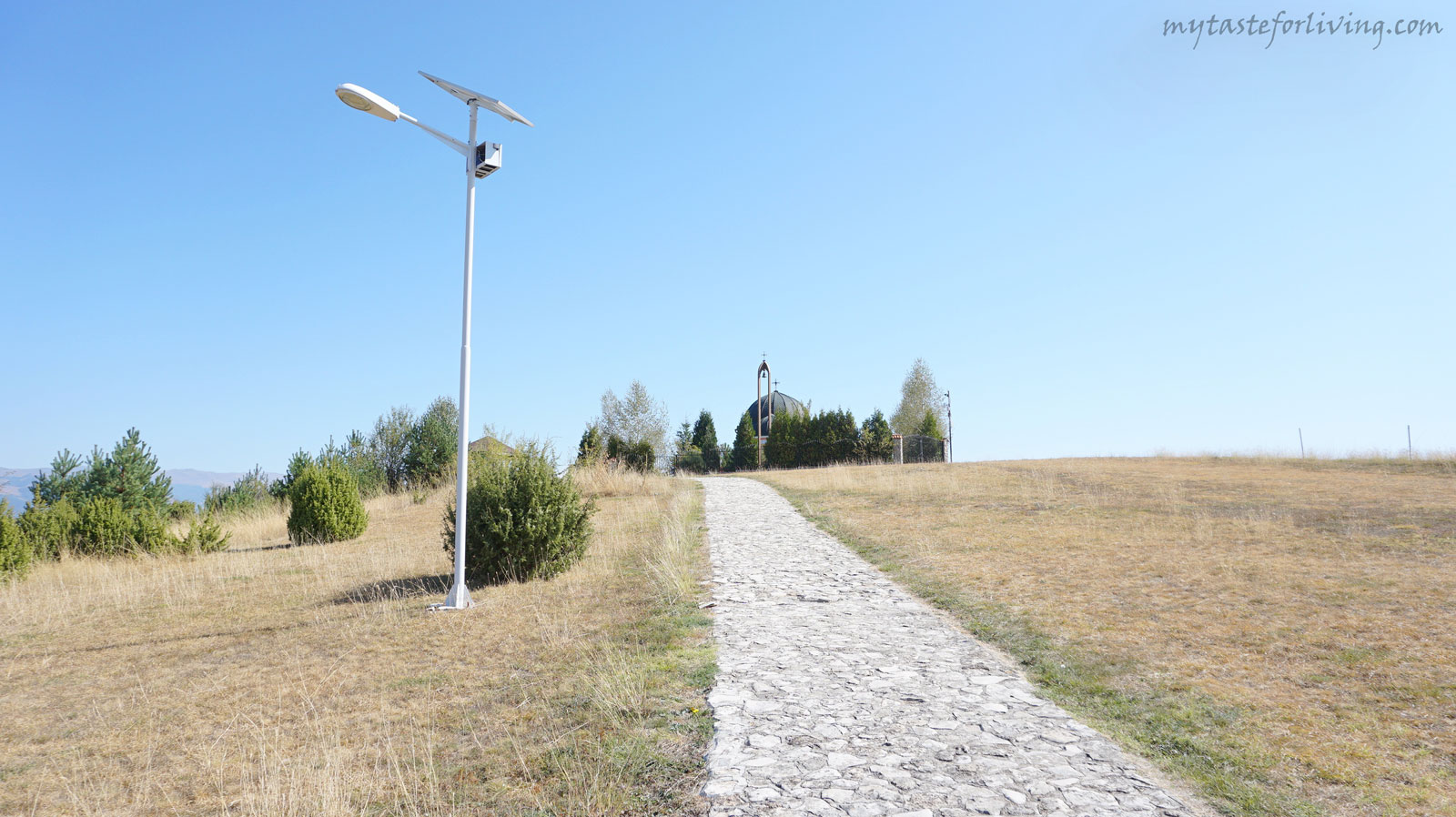
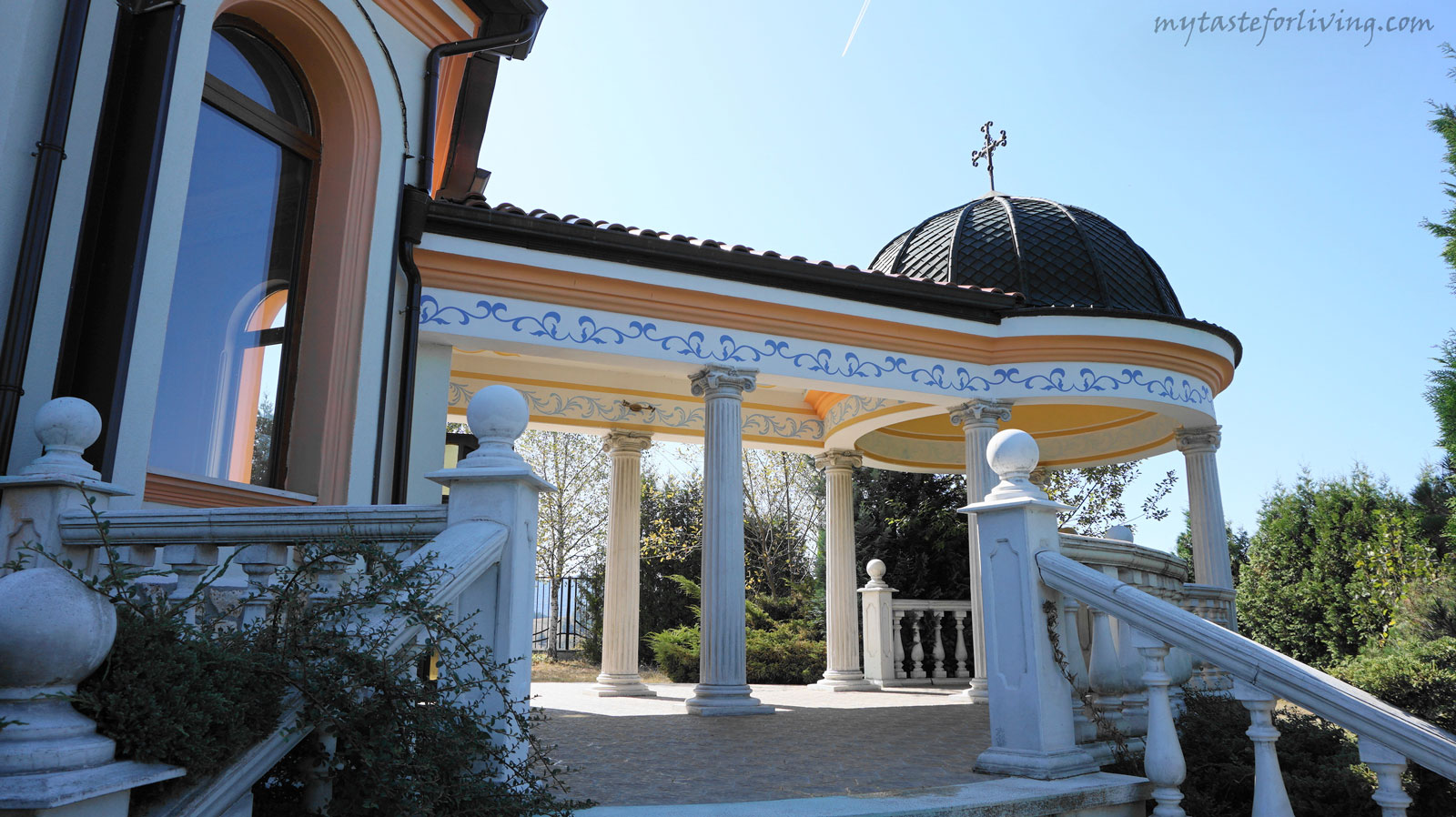
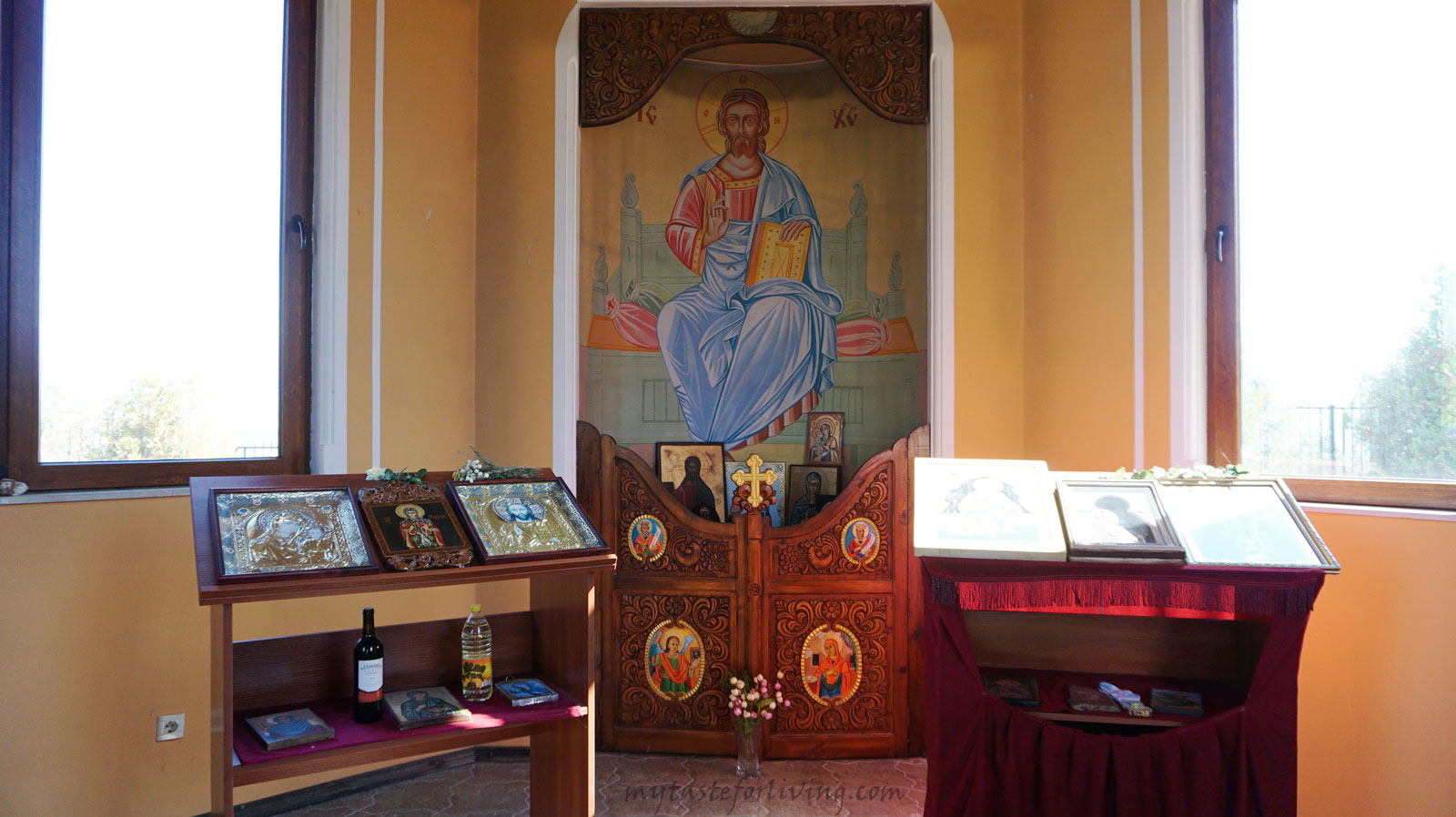
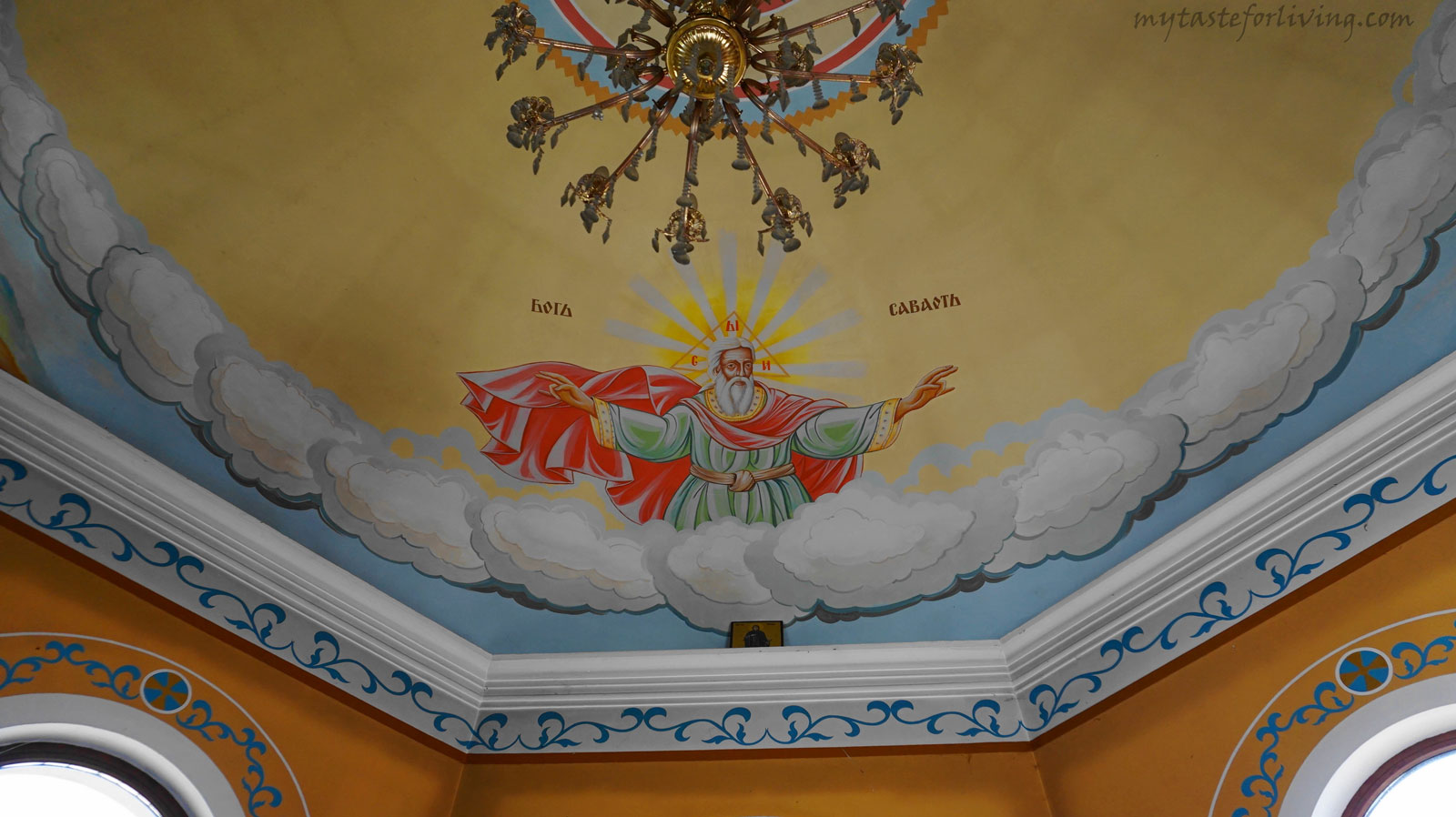
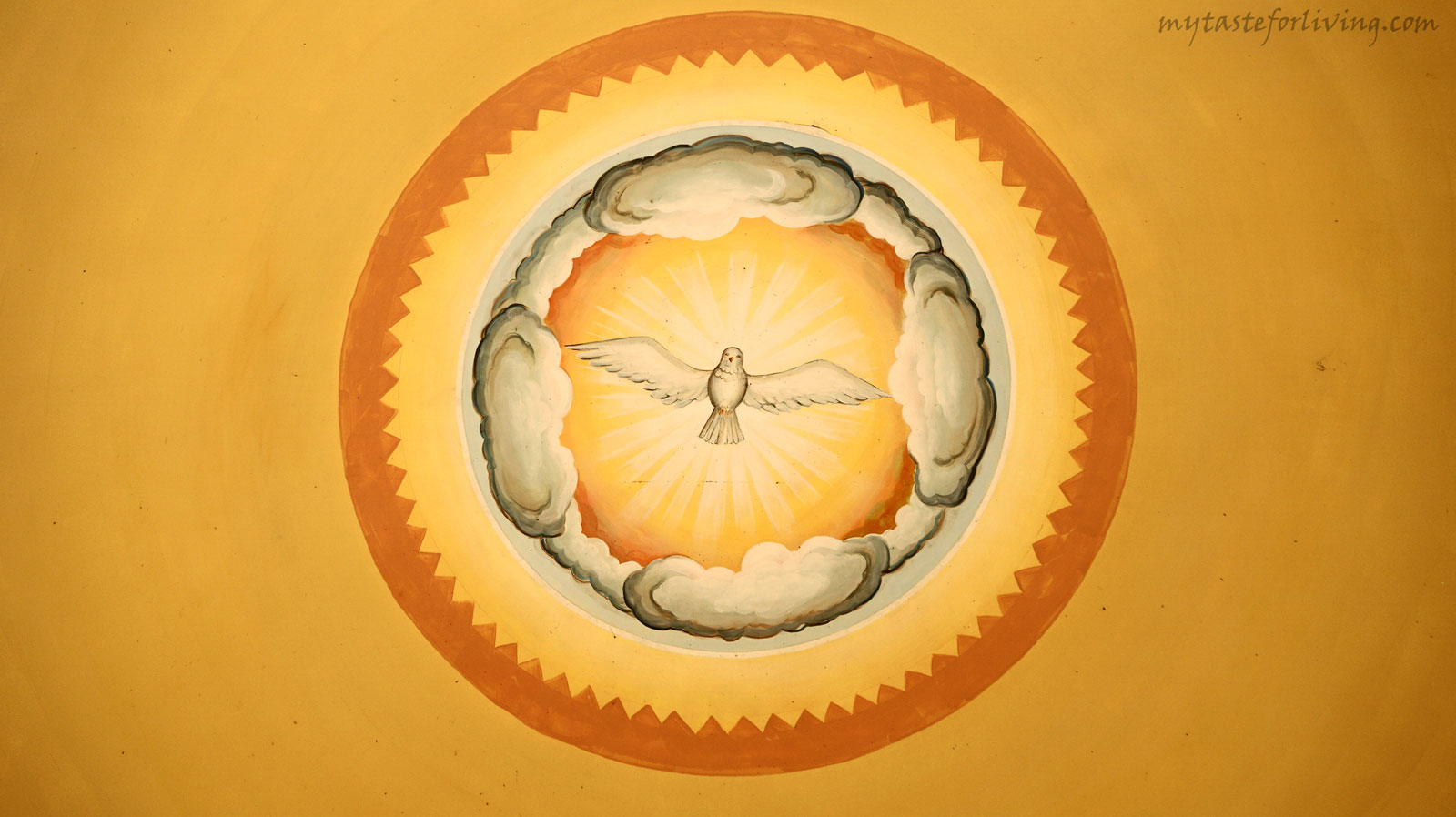
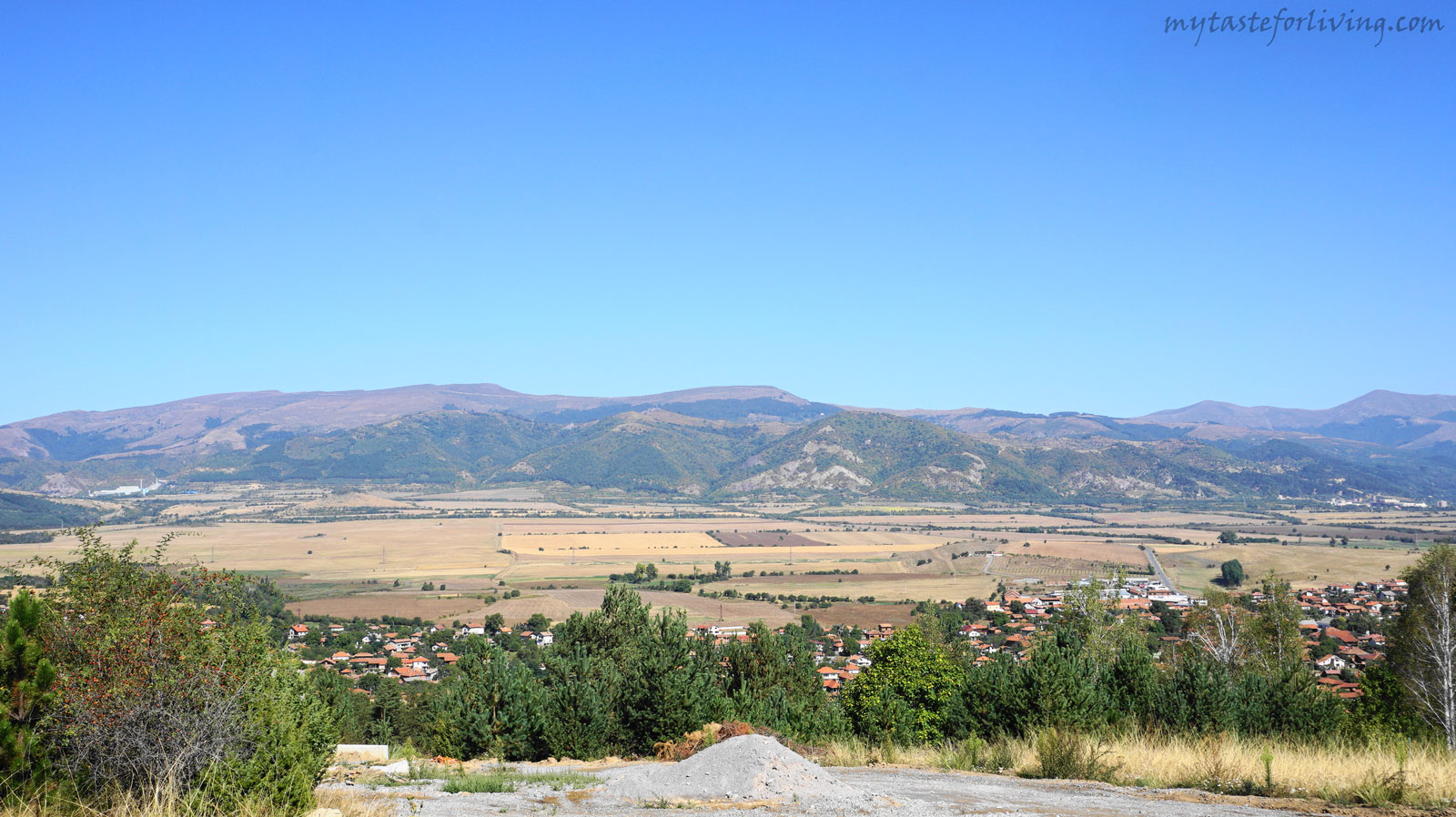
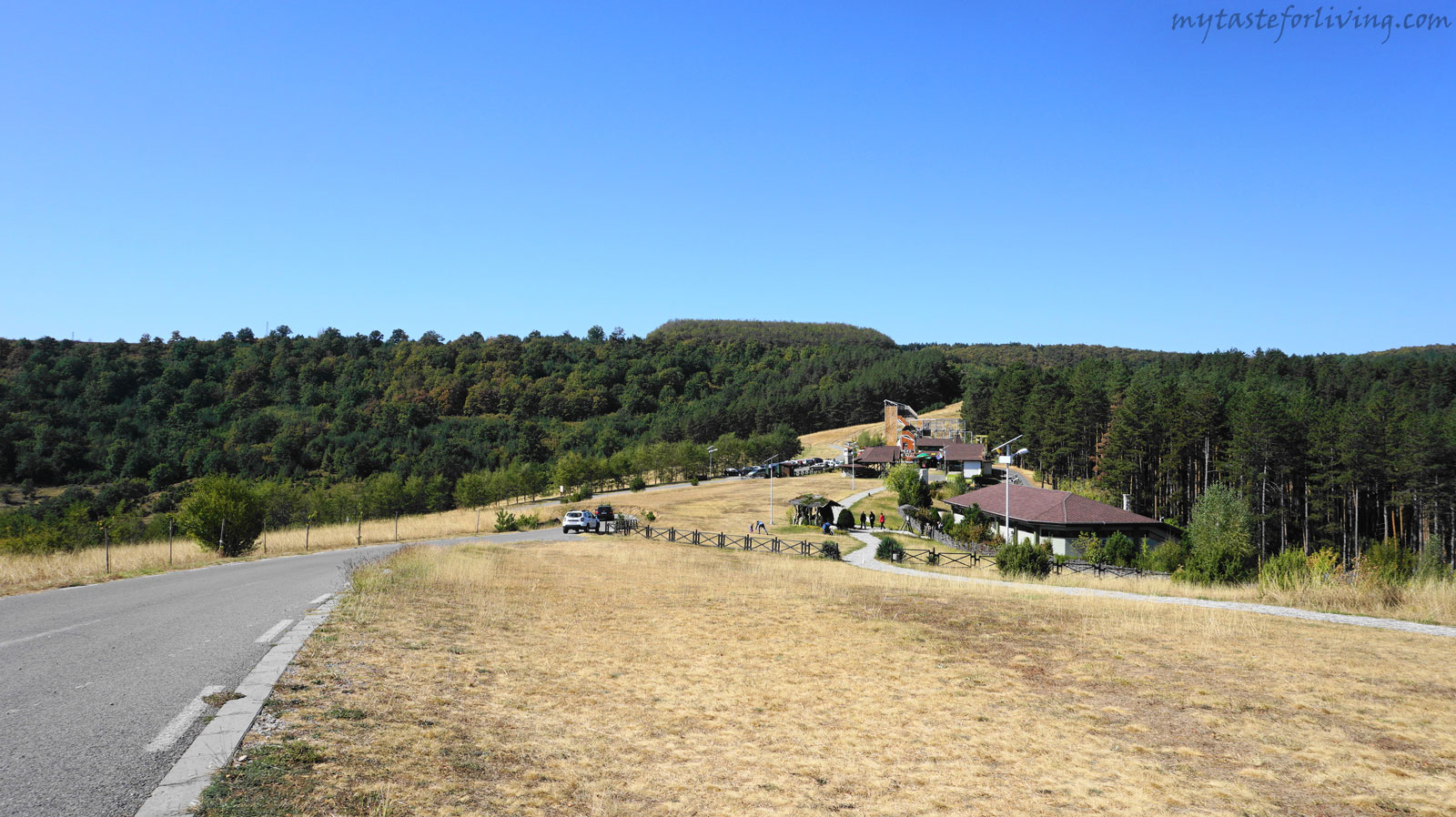


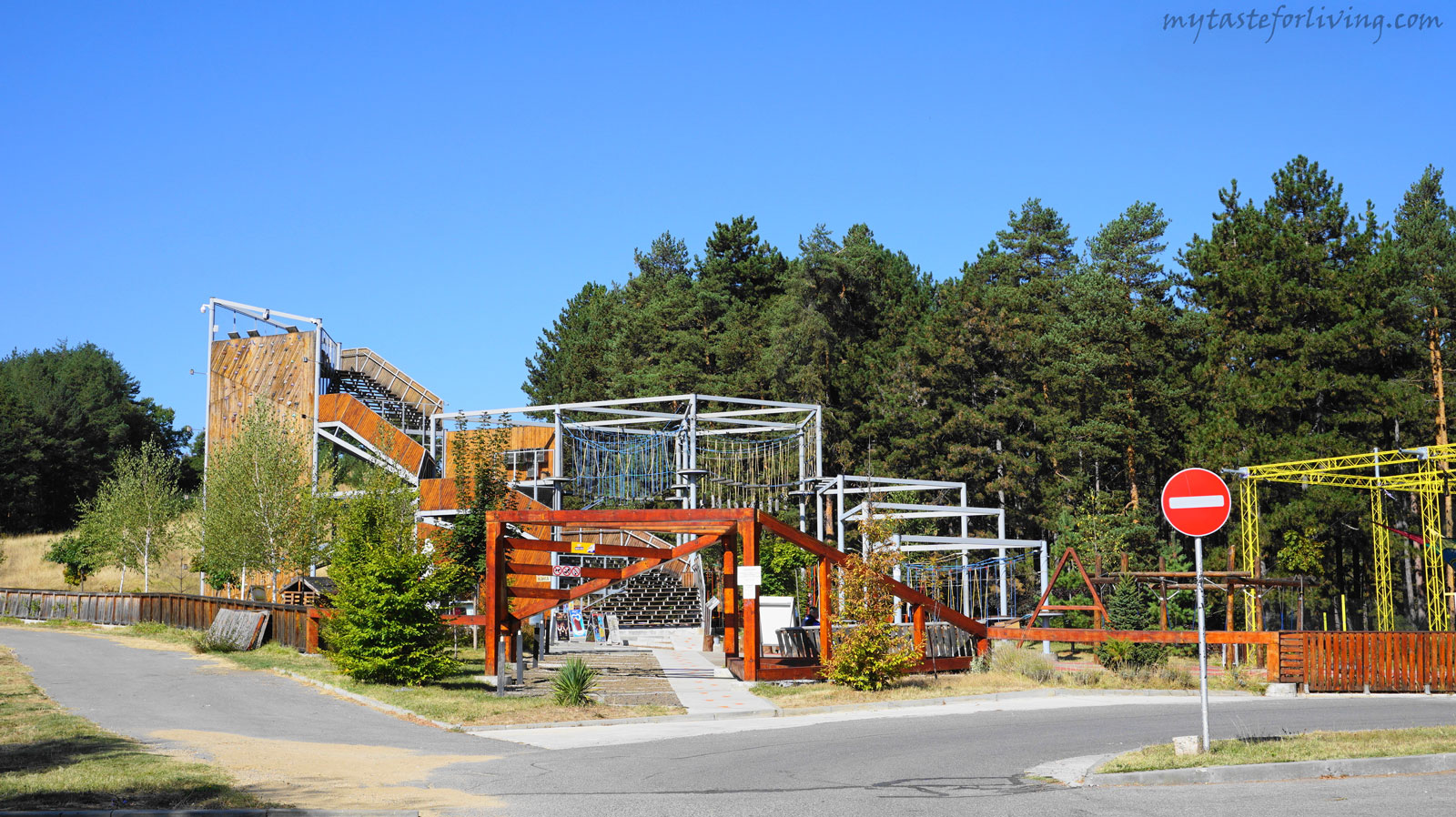



Comments
Leave comment